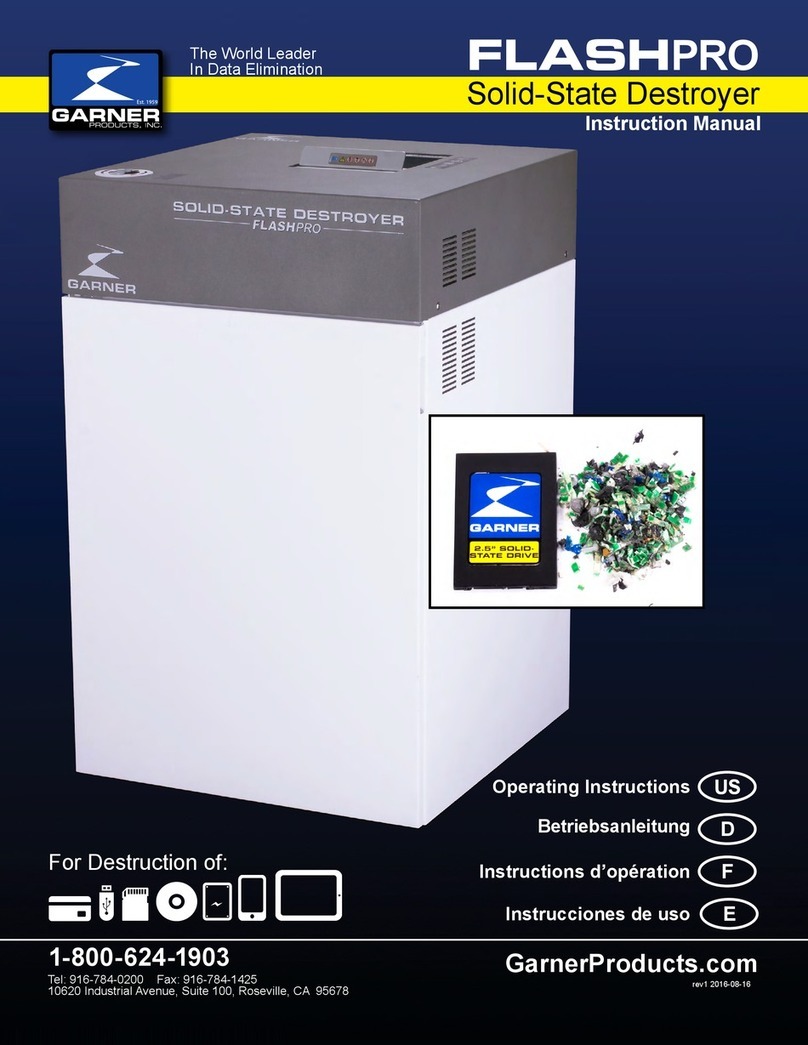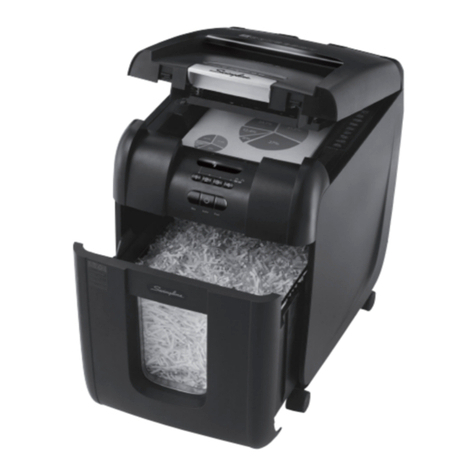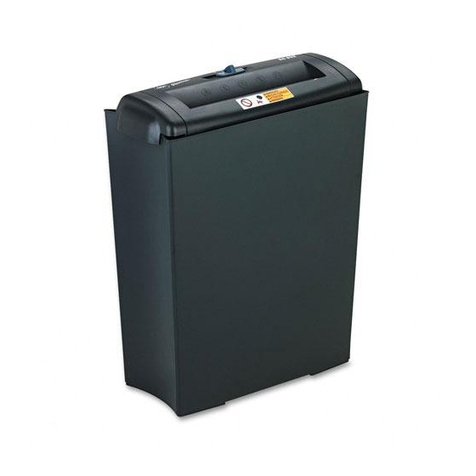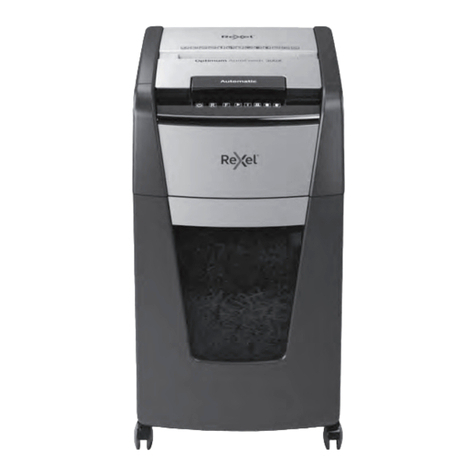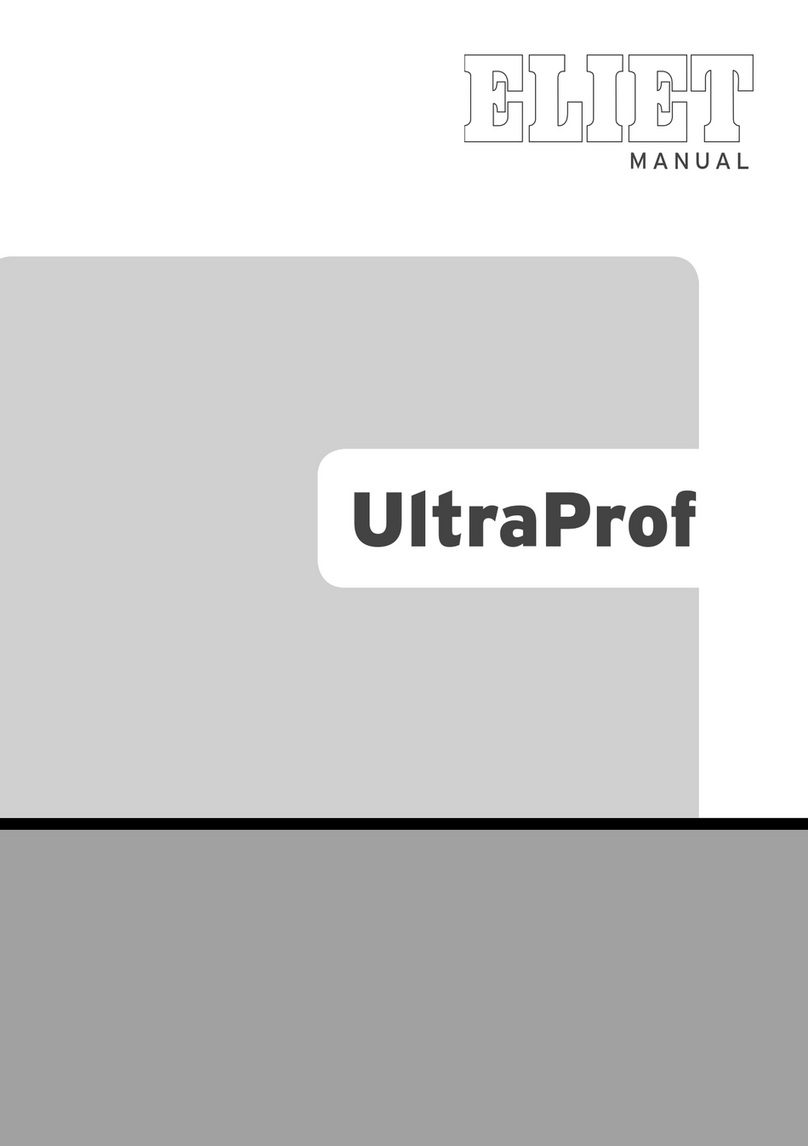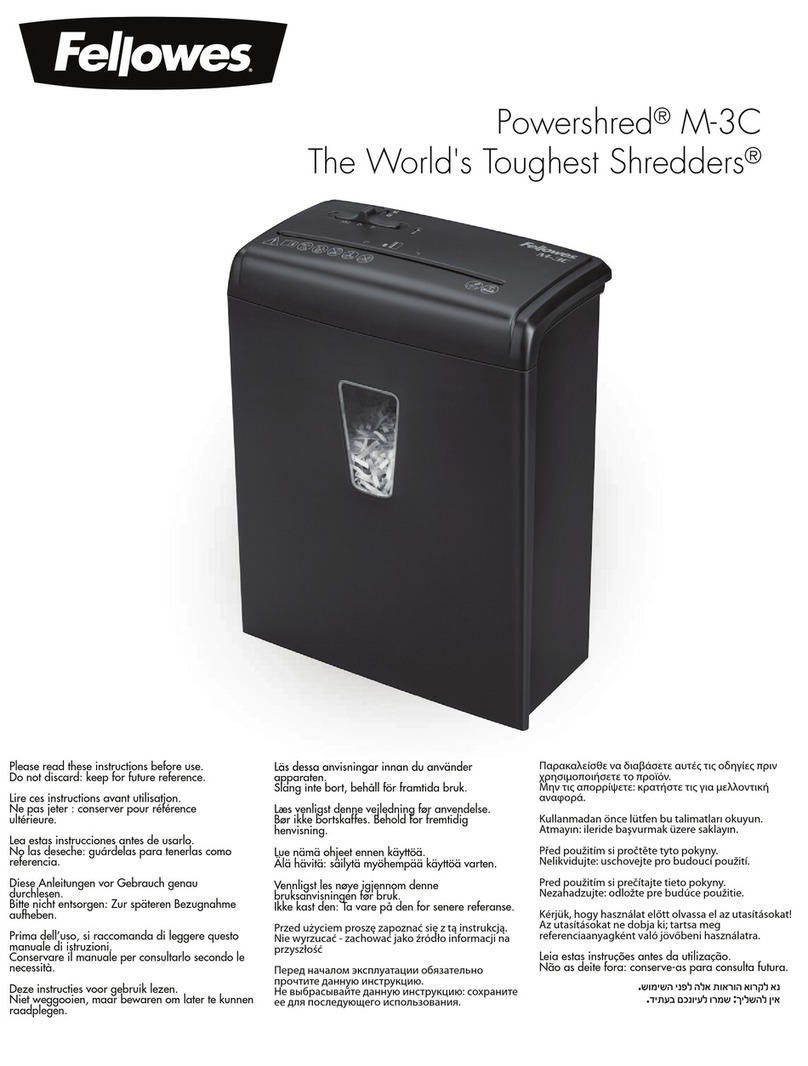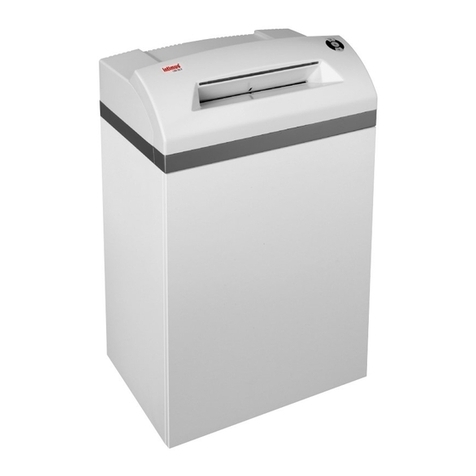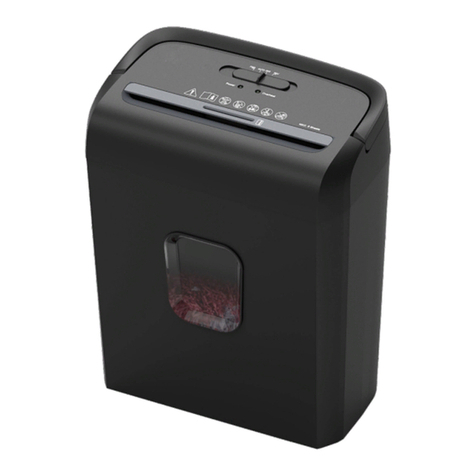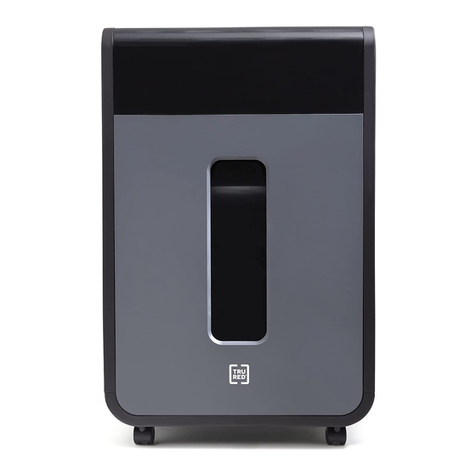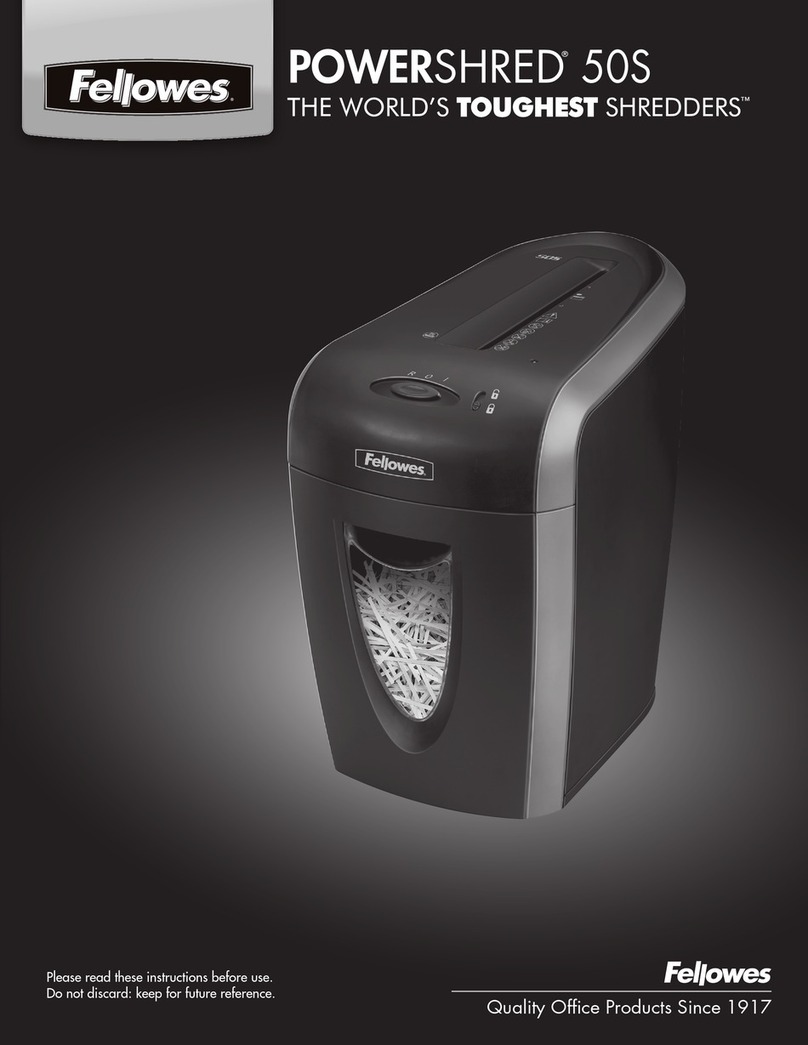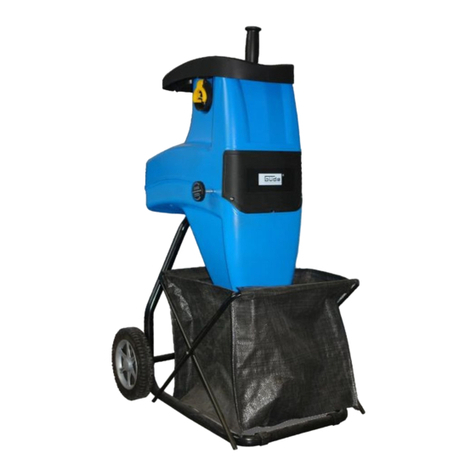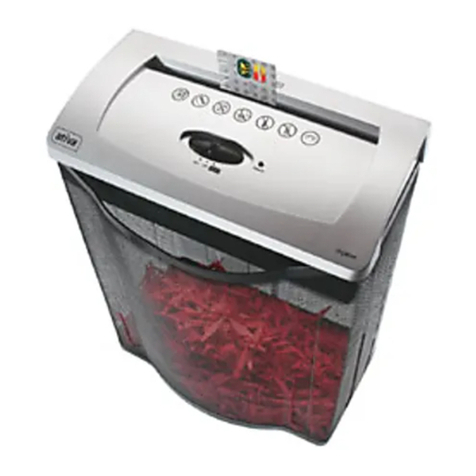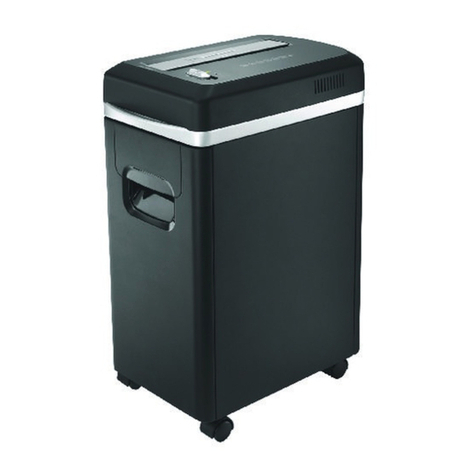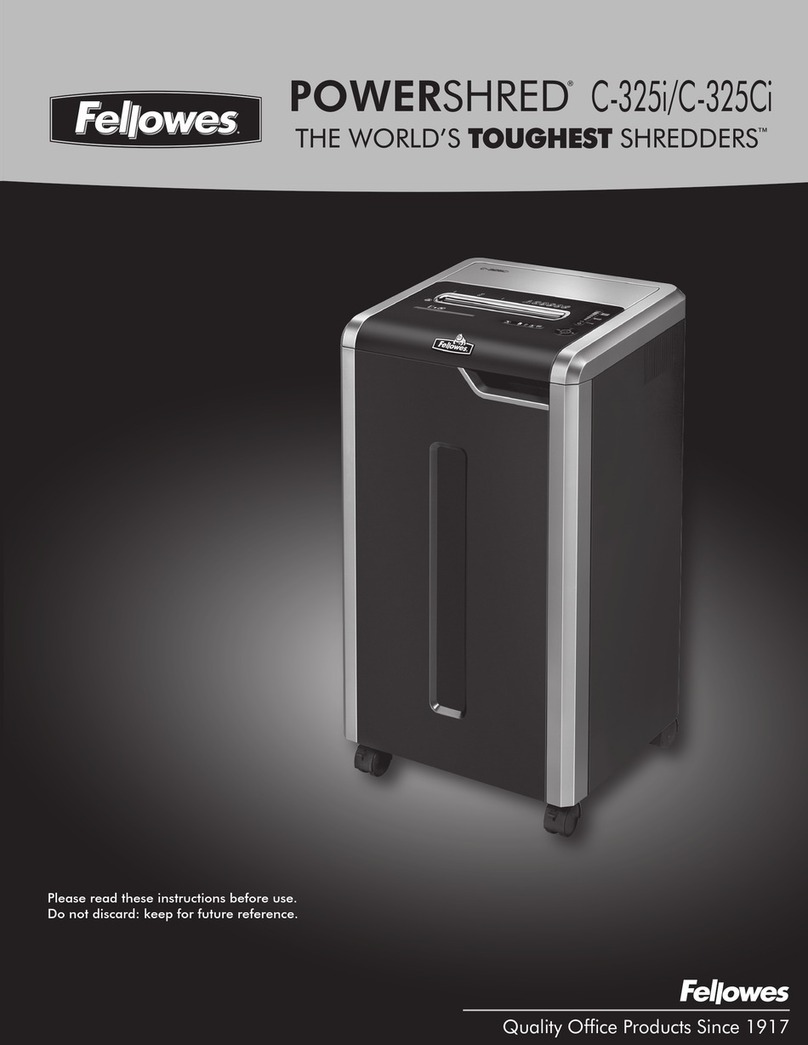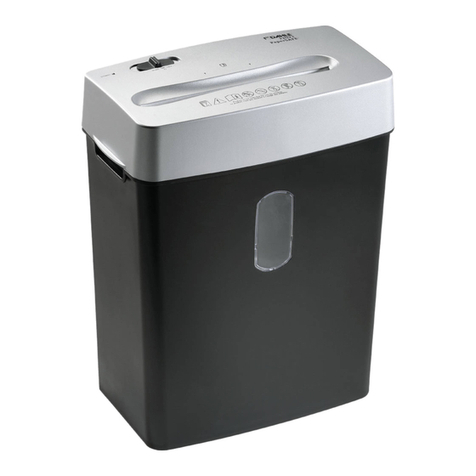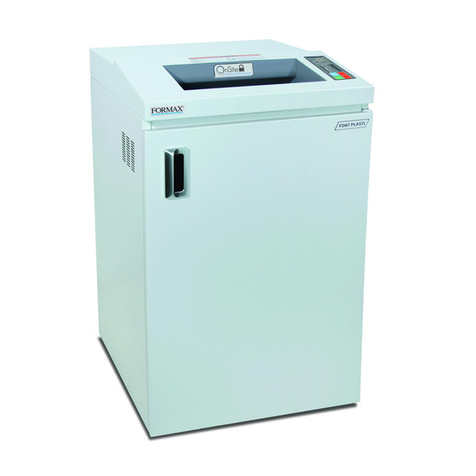
45
Nederlands Français
English Deutsch
4. Table of contents
1. Introduction ..................................................................................................................................43
1.1 Read the operating instructions ....................................................................................................................... 43
1.2 Identification details - Minor .............................................................................................................................. 43
2. Guarantee ......................................................................................................................................43
2.1 Guarantee card........................................................................................................................................................ 43
3. Welcome.........................................................................................................................................44
4. Table of contents...........................................................................................................................45
5. Safety signs....................................................................................................................................46
5.1 For information ....................................................................................................................................................... 46
5.2 Caution....................................................................................................................................................................... 46
5.3 Warning...................................................................................................................................................................... 46
6. Main parts......................................................................................................................................47
6.1 General view............................................................................................................................................................. 47
6.2 Engines....................................................................................................................................................................... 48
7. Safety regulations.........................................................................................................................49
7.1 Safety announcements ........................................................................................................................................ 49
7.2 Safety precautions.................................................................................................................................................. 51
7.3 General safety regulations .................................................................................................................................. 52
8. Dealer tasks ...................................................................................................................................54
9. Operating instructions .................................................................................................................55
9.1 Preliminary checks ................................................................................................................................................. 55
9.2 Refuelling................................................................................................................................................................... 56
9.3 Preparation of the working area ....................................................................................................................... 57
9.4 Starting the engine................................................................................................................................................ 58
9.5 Working with the machine.................................................................................................................................. 60
9.6 Stopping the engine ............................................................................................................................................. 63
9.7 After the work has finished................................................................................................................................. 64
10. Transporting the machine..........................................................................................................65
11. Maintenance................................................................................................................................67
11.1 General..................................................................................................................................................................... 67
11.2 Maintenance schedule....................................................................................................................................... 68
11.3 Lubricants ............................................................................................................................................................... 69
11.4 Routine checks before each job...................................................................................................................... 69
11.5 Maintenance after 20 operating hours ........................................................................................................ 72
12. Storing the machine ...................................................................................................................78
13. Technical information.................................................................................................................79
14. CE-Conformity declaration.........................................................................................................80
15. Parts list .......................................................................................................................................81
00_Minor_Book_DEF.book Page 45 Tuesday, February 12, 2002 1:58 PM

